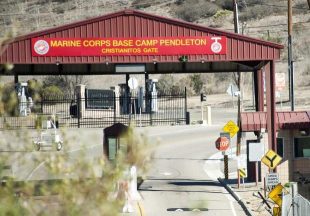
We all start off in simple organizations. The first organization I ever ran was a Junior Achievement company that made battery jumper cables. We fit inside a single workroom at the local JA operations. I suppose that constituted my first time inside an incubator. Our clever insight was to sell in bulk to local police departments and car dealerships.
When we encounter organizations in fiction, they are often equally simple. A single factory or shop. A clever employee in the mailroom working his way up to the top floor executive washroom. Bankers offering mortgages to the residents of Bedford Falls. In economics we learn of Adam Smith’s pin factory.
It can be a long time, if ever, before we see the complexities of real organizations in a real economy.
In all of our examples, it is a simple task to separate the organization from its environment. What is inside the organization and what is outside seems clear. That apparent simplicity leads us astray in real organizations; more importantly, our myopic view is less true now than it has ever been. The simple images of organization that were baked into our assumptions at an early age blind us to realities about today’s organizations and their environments that are essential to making good decisions.
When you look beyond the simplistic examples of a single factory or retail shop, organizational boundaries become a curious notion. We talk about organizations as if they were clearly identifiable and bounded entities, yet they are no such thing. I’m writing this on a MacBook Pro; Apple now has a market cap of over $1 trillion. How would you draw a picture of what is Apple vs. what is not Apple? How do you characterize the Apple quality engineer sitting inside FoxConn’s assembly operation in China?
Suppose I hack into Target’s point of sale systems from a van parked on the public street outside their Clark Street store in Chicago? I’m not trespassing on Target’s location, yet I’ve breached a metaphorical firewall. Talking about firewalls perpetuates an illusion that there is a boundary between the organization and its environment that we can manage as if it were a border. Our language and mental models haven’t kept up with Target’s organizational reality.
While the boundaries of organizations have always been fuzzier than we might think, over the past three decades they have become porous to the point of invisibility. We need to invent better ways to think about what distinguishes one organization from another and to discern how and when that matters.
We must abandon the notion that we have full control over the design or execution of business activities or processes. As individual knowledge workers and as knowledge organizations we operate in complex webs of interdependencies. Our ability to operate effectively depends on smooth interactions among multiple participants. When we pretend that the boundaries are sharp and clear, we will be surprised in very unpleasant ways.